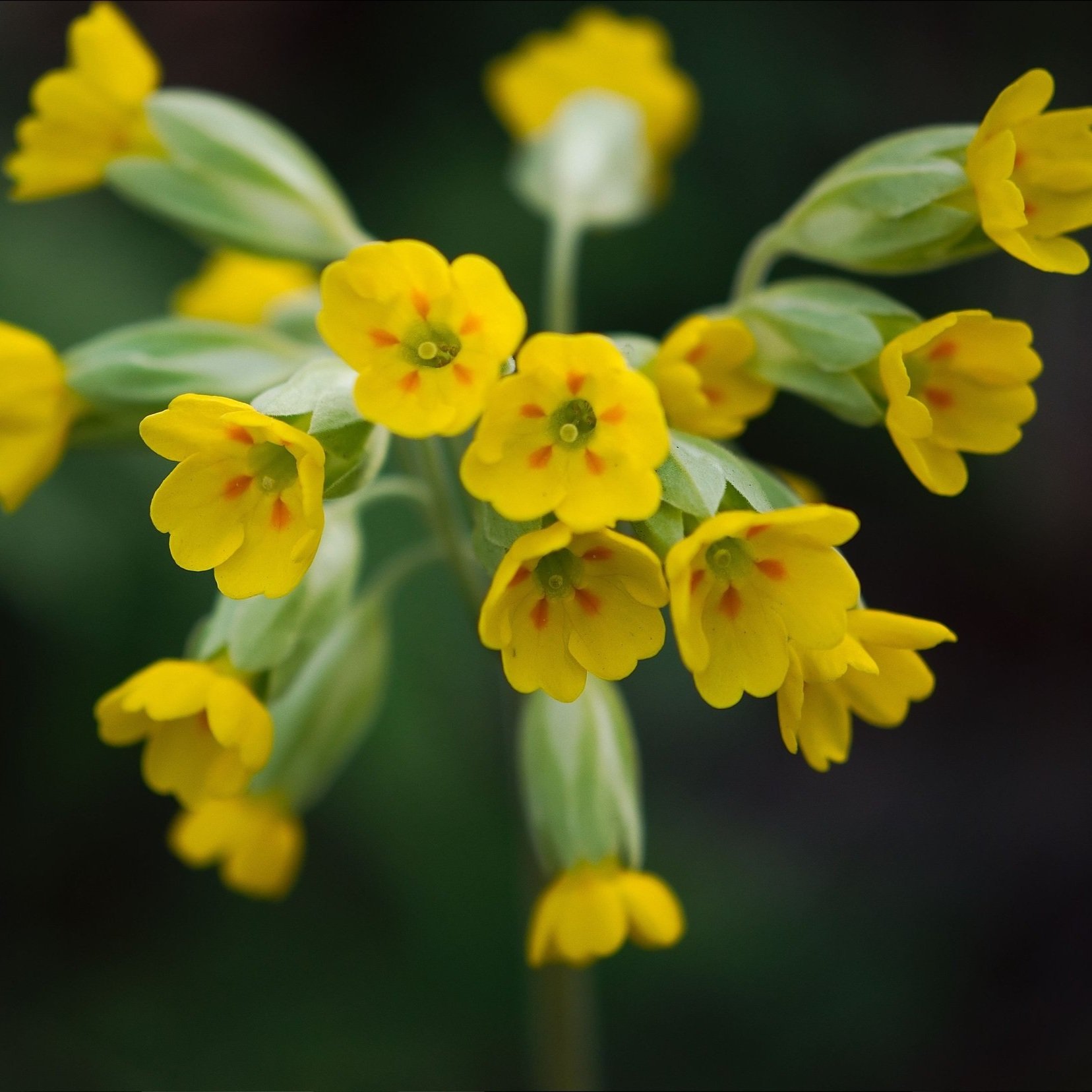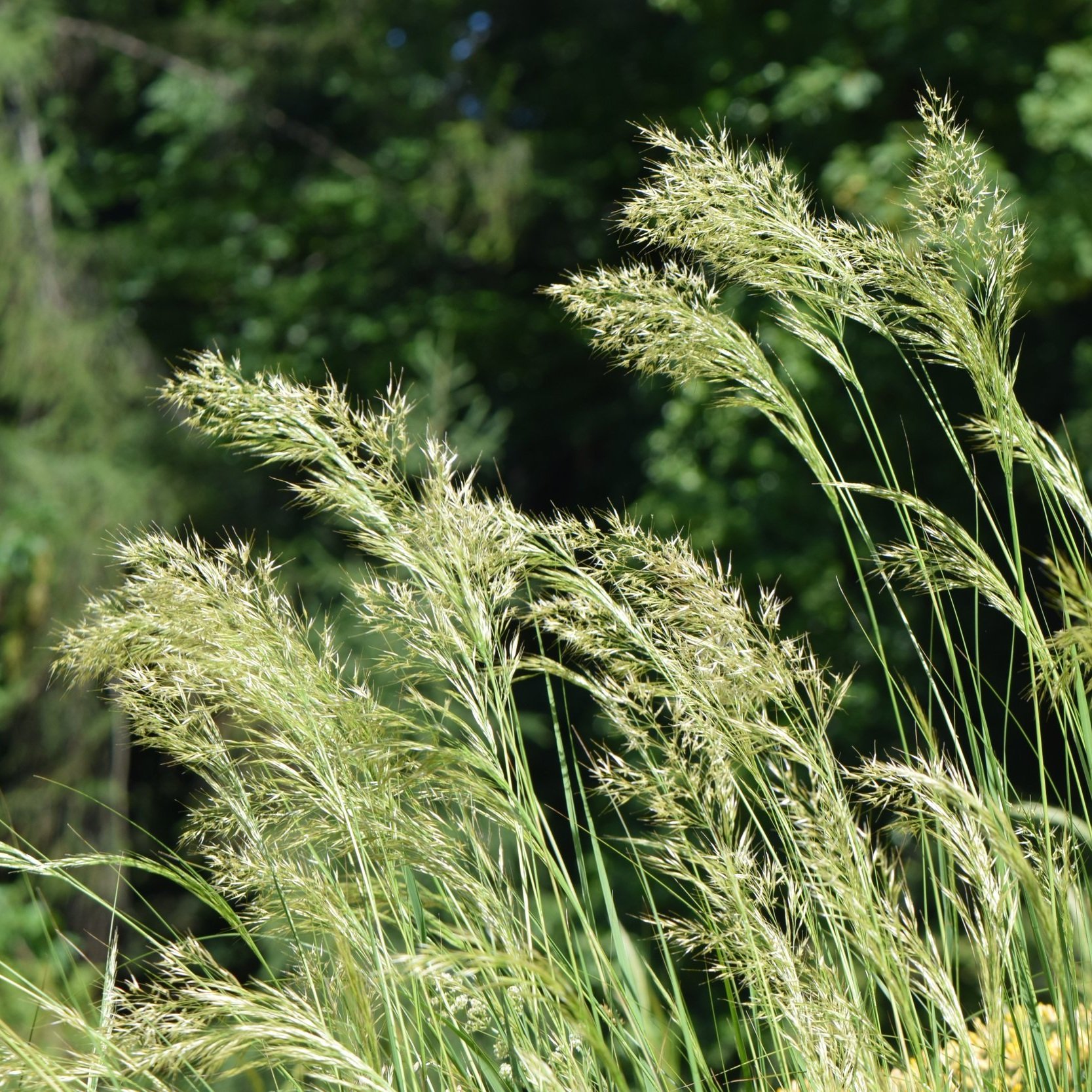Plant Species List
This list was created very kindly with the help of ecologist Lorraine Nora Guerin and botanist Zoë Devlin. The species were selected based on their suitability to the conditions of the planters and are for the most part pollinator-friendly with a large selection of native species.
Of course, in the process of planting, we will be able to find out what species work best. Some may adapt to or suit the planters better than others, and that is all part of the research of this project.
In the end, the hope is to provide future communities with the right information to create their own biodiverse, self-sufficient planters that need little to no maintenance, and can be left undisturbed to allow for healthy insect & soil life to develop over the years.
Of course, this list is a jumping-off point and at the end of the day it’s up to you to decide what species to grow in your planter. We will ask you to keep it predominantly perennial and pollinator-friendly, as well as to take into account the tips mentioned below. We would also suggest that when curating your planter, try your best to include a variety of species that bloom in different seasons, this means you will be creating valuable food & shelter for pollinators throughout the year.
Some tips for curating your planter:
-
Besides requiring less maintenance than annuals or biannuals, the deeper root system of perennials carry essential nutrients and water to the surface of the soil which increases the health of other plants, as well as reducing the risk of disease and erosion.
Hardy perennials will also create essential ground cover, even through colder months, meaning they preserve soil moisture & protect it from exposure to the sun.
To ensure your perennial plants last a long time, a large amount of perennial species can be propagated by dividing and replanting.
-
After we have dropped-off and installed your planter, we recommend mulching the top of your planter with topsoil/bark or leaf mulch after about a week.
Mulching is important to help preserve soil moisture, enable better expansion in roots and creates ideal habitat for soil microorganisms.
-
When sourcing seeds there is usually a huge amount of suppliers to dig through. We would highly recommend taking the path of supporting organisations that are preserving native species, seeds saving and keeping wild and organic lineages going.
Some of our picks are: Future Forests, Irish Seed Savers, True Harvest and Ecoseeds.
Another huge issue which was identified by the All-Ireland Pollinator Plan, is that some seed mixes can contain non-native species, and in the worst case, some invasive species which can be quite damaging to our native biodiversity. In light of this, we would recommend avoiding wildflower seed mixes.
Another option, if you are up for it, is collecting your own seeds in the wild. The All-Ireland pollinator plan has a great guide for this.
-
What a lot of people don’t consider when it comes to gardening is how important your soil health is. There is a whole food chain within the soil including insects, fungi, bacteria & microorganisms, which in turn provide the nutrients needed for plants to survive & be healthy.
In the past, gardeners have relied on using many different pesticides, fertilizers and other chemicals which destroy this delicate ecosystem in the ground. This leads to the need for nutrients to be injected into the soil for the plants to survive.
The issue with this, is that you are essentially creating a fertile breeding ground for diseases and invasive species to spread, and it creates the need to continue this process over and over until you have soil which will take years to bring back to health again. What has been found through research, is a garden with healthy soil rarely, if ever, needs pesticides.
The best way to avoid this is, of course, to support soil health. If you’re looking for an incredible read, there is a book called “Teaming with Microbes” which is for anyone looking to change their gardening game for the better or heighten their awareness of the soil ecosystem.
Otherwise some key tips are:
Avoid soil compaction - if your soil becomes too compacted, it leaves no room for light, water and air to travel to root systems. mulching and growing ground cover plants is a good way of avoiding this.
Make sure there is enough ground cover - Growing ground cover plants will protect the soil from erosion, protect it during the winter months and prevent soil compacting and prevent other species from seeding and taking over. There is a lot of ground cover varieties in our species list!
Do not use pesticides - this is a no-brainer, a huge amount of pesticides have been discontinued due to their impact on environmental, human and animal life, as well as the aforementioned effect on soil health. If you are in a dire situation, and have exhausted all natural methods, make sure you pick something that pinpoints the exact problem with little chemical footprint, don’t use a one-for-all pesticide which acts as a colossal bomb on all living organisms.
If you have any suggested edits to the below information, you can send it over to us at biurbanstudios@gmail.com.


































































